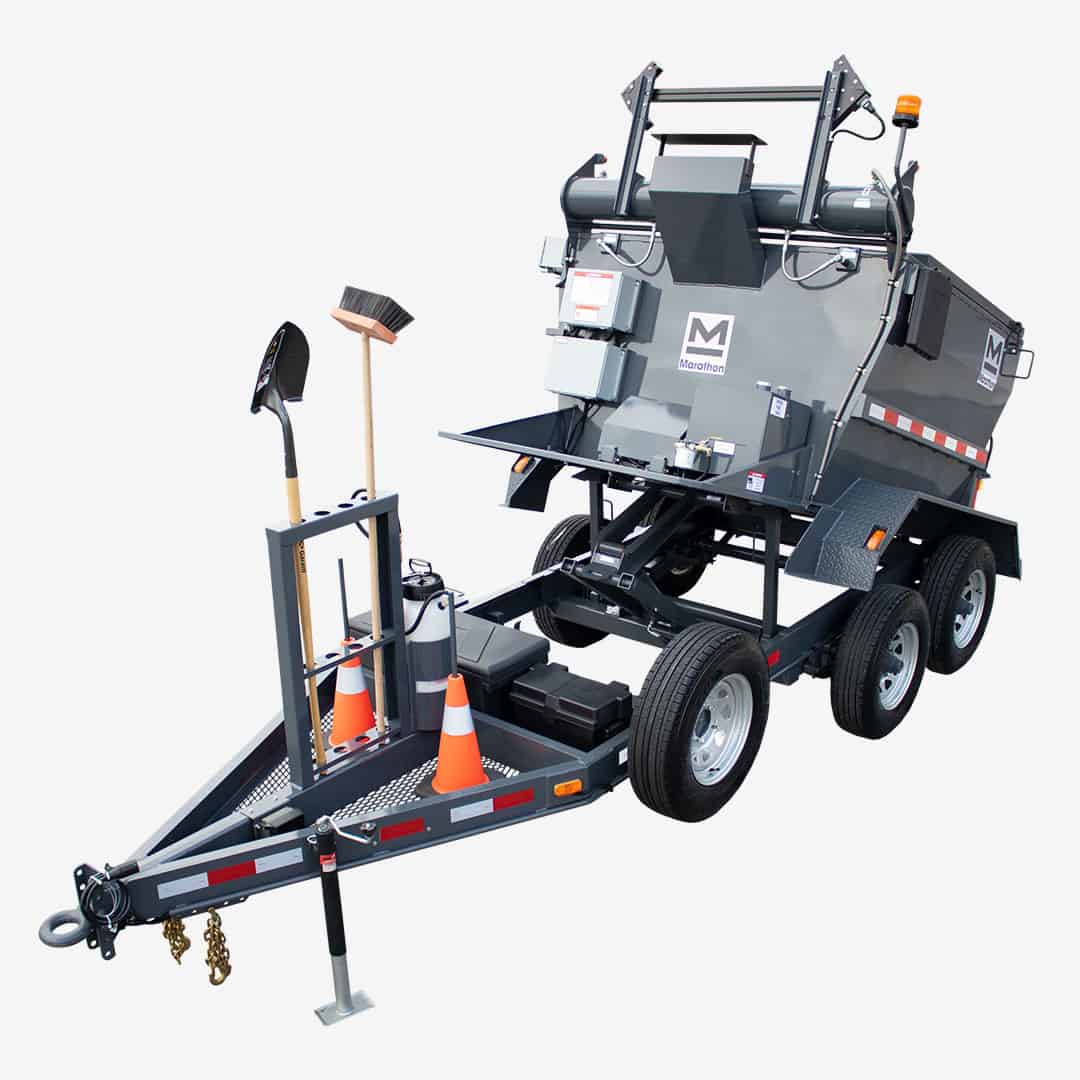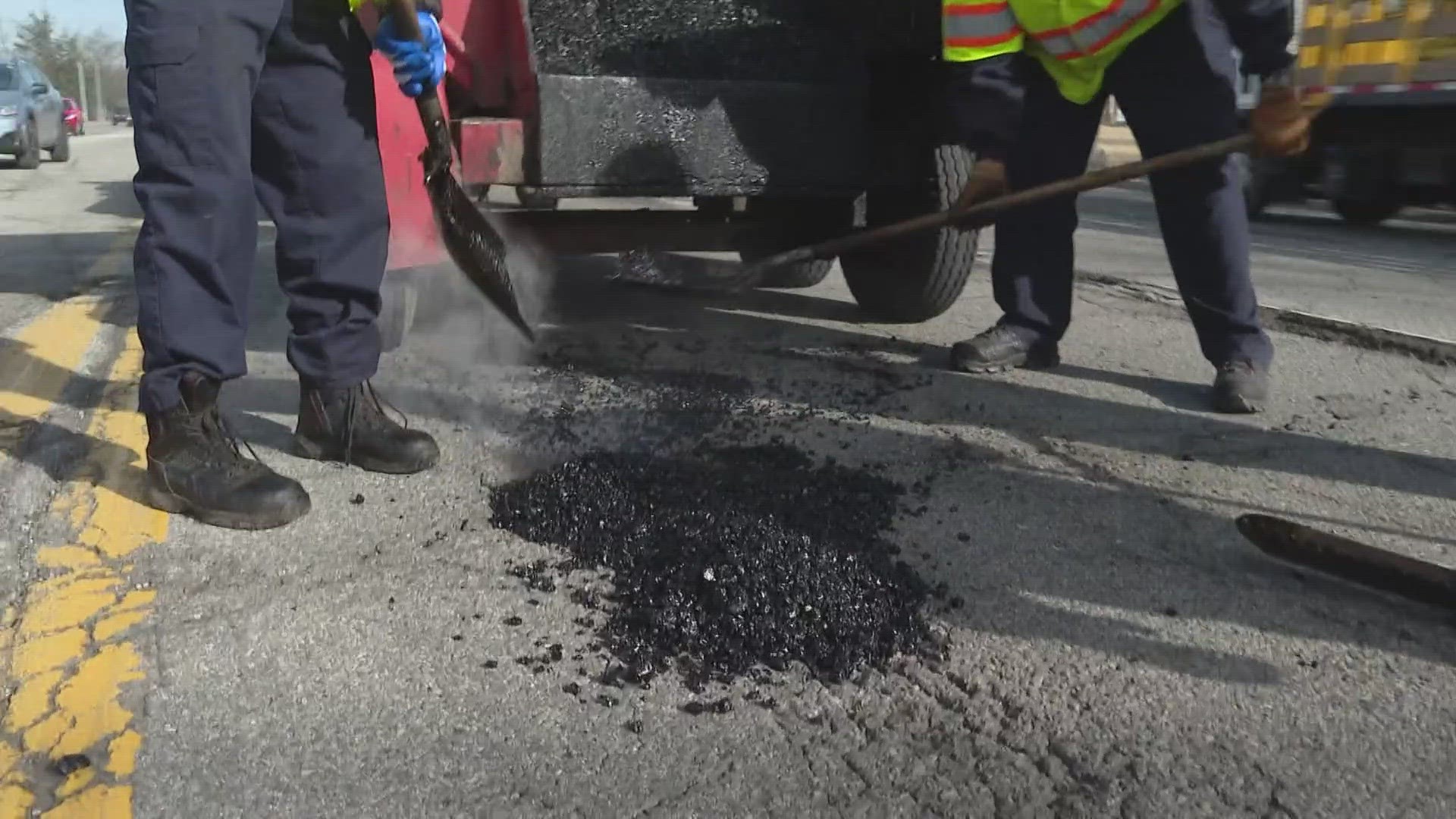Hot Mix Asphalt: The Structure for Safe and Secure Angled Parking Lots
Hot Mix Asphalt: The Structure for Safe and Secure Angled Parking Lots
Blog Article
Opening the Keys of Hot Mix Asphalt Technology
Exploring the midsts of warm mix asphalt modern technology uncovers a world where precise formulations and precise procedures merge to shape our roadways and infrastructure. The combination of aggregates, binders, and fillers isn't just a building job yet a critical orchestration of durability and performance. As we peer right into the complex dancing of parts, a tapestry of durability and sustainability unravels. But what lies below this surface of asphaltic mastery, and what tricks wait to be introduced in the realm of leading technologies?
Importance of Warm Mix Asphalt
Hot Mix Asphalt plays a crucial role in contemporary framework growth due to its sturdiness and cost-effectiveness. As the most generally utilized paving material for roads, freeways, and auto parking lots, Warm Mix Asphalt provides an array of advantages that contribute to its importance in building and construction jobs.
The resilience of Warm Mix Asphalt stems from its composition, which consists of accumulations, binder, and filler products that are meticulously chosen and blended to fulfill certain performance demands. This precise combination leads to a adaptable and solid pavement that can sustain regular use without significant deterioration. Furthermore, Warm Mix Asphalt is 100% recyclable, further enhancing its sustainability and ecological benefits. In general, the relevance of Hot Mix Asphalt in facilities growth can not be underrated, as it remains to be a foundation of modern-day building and construction methods.
Elements of Asphalt Mixes
The structure of asphalt blends includes carefully chosen accumulations, binder, and filler products that are critical for achieving certain efficiency needs. Aggregates are the primary element of asphalt mixes, supplying stamina and stability. These aggregates can be all-natural, such as crushed rock or smashed rock, or artificial, like recycled products from old sidewalks. The binder, typically asphalt or asphalt concrete, holds the aggregates with each other and supplies versatility and durability to the mix. The option of the binder is important as it directly affects the mix's efficiency in various climate condition. Fillers, such as hydrated lime or Portland cement, are utilized to enhance the mix's workability and aging resistance. Angled Parking.
The combination and proportion of these components play a considerable duty in determining the top quality and performance of the asphalt mix. Engineers carefully develop the mix to fulfill particular needs, thinking about variables like web traffic quantity, environment problems, and pavement life-span. Proper choice and balancing of aggregates, binder, and fillers are vital for creating sturdy, long-lasting asphalt pavements.
Combining and Production Strategies

Once the aggregates are picked, the binder, frequently asphalt concrete, is contributed to bind the materials with each other. The binder's top quality and amount significantly impact the mix's versatility, strength, and resistance to ecological aspects. Additionally, fillers like moisturized lime or Rose city cement may be integrated to improve details features of the asphalt mix, such as its workability or moisture resistance.
During production, the aggregates and binder are heated, generally in between 250-325 ° F(121-163 ° C ), to help with mixing and ensure proper layer of the aggregates. The blending procedure needs to be comprehensive to accomplish an uniform mixture that advertises the preferred performance characteristics of the asphalt. Numerous methods, such as set blending or drum blending, are utilized to achieve high-quality and consistent asphalt mixes for building and construction tasks.
Variables Impacting Asphalt Performance
Elements influencing asphalt performance incorporate an array of variables that influence the resilience, long life, and general high quality of asphalt sidewalks. One vital aspect is the high quality of products utilized in the asphalt mix.

Style considerations, such as pavement density and drain, are necessary in making sure the long-term performance of the asphalt sidewalk. By thoroughly considering these variables, engineers and professionals can enhance asphalt efficiency and boost the solution life of sidewalks.
Sustainable Practices in Asphalt Innovation
:max_bytes(150000):strip_icc()/low-section-of-man-working-758486719-59da6d0a054ad90010617854.jpg)
WMA allows for the manufacturing and placement of asphalt blends at reduced temperature levels compared to typical hot-mix asphalt, resulting in decreased power consumption and greenhouse gas exhausts. The use of permeable asphalt blends can assist minimize stormwater overflow concerns by allowing water to penetrate with the pavement and right into the ground, promoting natural water purification and recharge procedures.
Conclusion
Finally, warm mix have a peek at this site asphalt technology plays a critical role in modern facilities growth as a result of its sturdiness and cost-effectiveness. By meticulously stabilizing components, using proper blending strategies, and thinking about different aspects, designers can create top notch asphalt blends that stand up to hefty website traffic tons and severe weather. Welcoming lasting techniques, such as making use of warm-mix technologies and recycled materials, further enhances the ecological kindness of asphalt modern technology.
Blending and production techniques in hot mix asphalt technology entail the specific mix and processing of aggregates, binder, and fillers to create a high-performance and sturdy asphalt mix.Variables affecting asphalt performance incorporate an array of variables that affect the sturdiness, longevity, and overall top quality of asphalt pavements. Sustainable techniques in asphalt innovation include numerous efforts intended at lowering the ecological effect of asphalt manufacturing and paving processes. By incorporating reclaimed asphalt pavement (RAP) and recycled asphalt shingles (RAS) into brand-new asphalt blends, the market can dramatically reduce the consumption of raw materials and energy, while additionally reducing land fill waste.
WMA allows website here for the production and positioning of asphalt blends at reduced temperature levels compared to standard hot-mix asphalt, resulting in decreased energy intake and greenhouse gas discharges.
Report this page